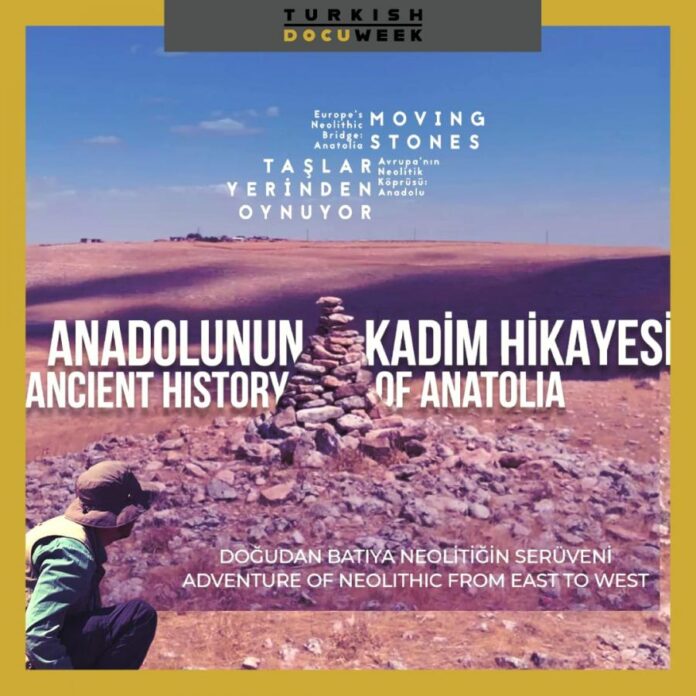When we talk about Anatolian Neolithic,
we should imagine a period in which the foundations of the current world were laid.
The Holocene begins after the melting of the last glaciers.
In the Taurus Mountains, hunter-gatherer communities are beginning to appear for the first time.
Communities that are able to use the resources most effectively.
Every single community builds new life forms.
They create their own customs and traditions.
A new concept like “sedentary hunter-gatherers” appeared for the first time.
We’re on the road…
Passing through the cities,
Seasons, towns, waters… Passing through the forest, clouds, villages…
And rainbows, steppe…
Passing through time towards the ancient history of human.
We’re on the road to the land where the light and history begin,
with our minds full of questions.
We’re going to see the trails of Neolithic people.
It’s like someone’s calling us.
It’s like we’re looking for our future in the middle of a lonely world.
Here is Dargeçit. Ilısu Dam Zone. A Pre-Pottery settlement…
The excavation hasn’t started yet. They embedded the trenches last year as they always do.
Now, it’s time to expose and clean them again.
The ones who harvested wheat and lentils in here, always found beads. They call here as “Zavyemahek”
which means “Beaded Field” in Kurdish. We don’t know how the settlement process started.





















